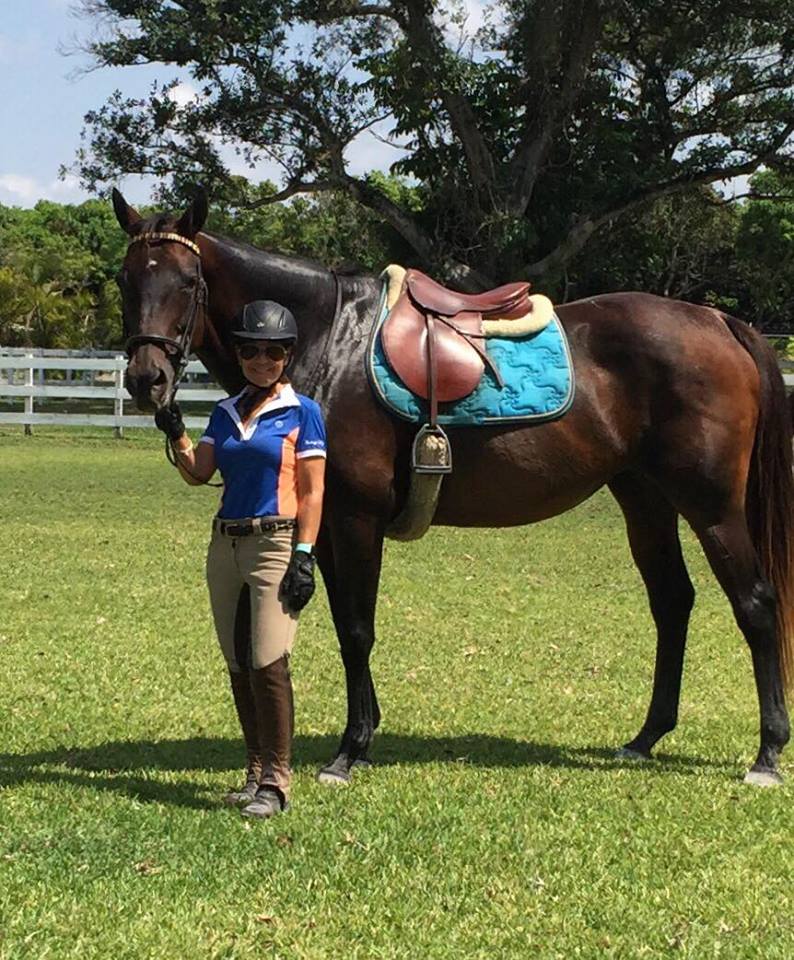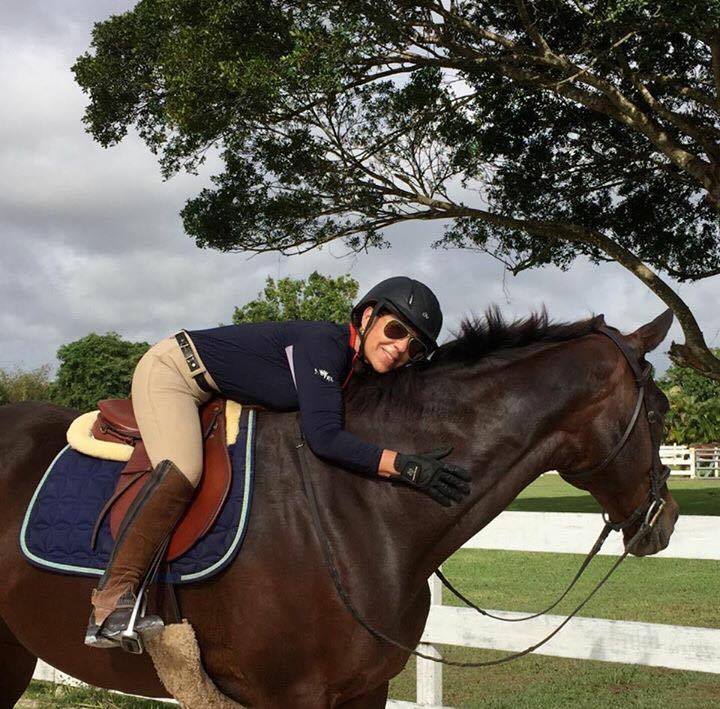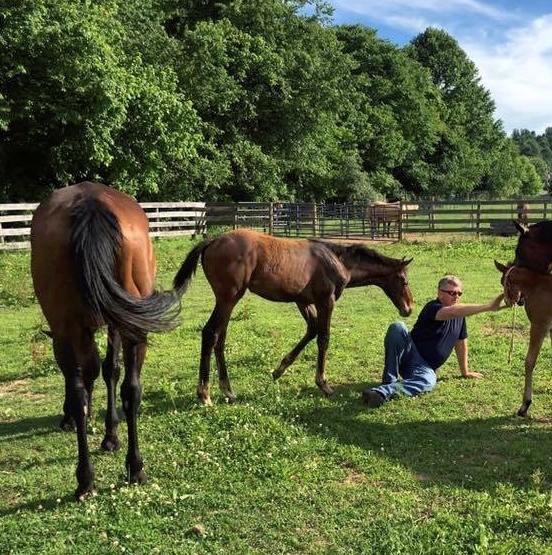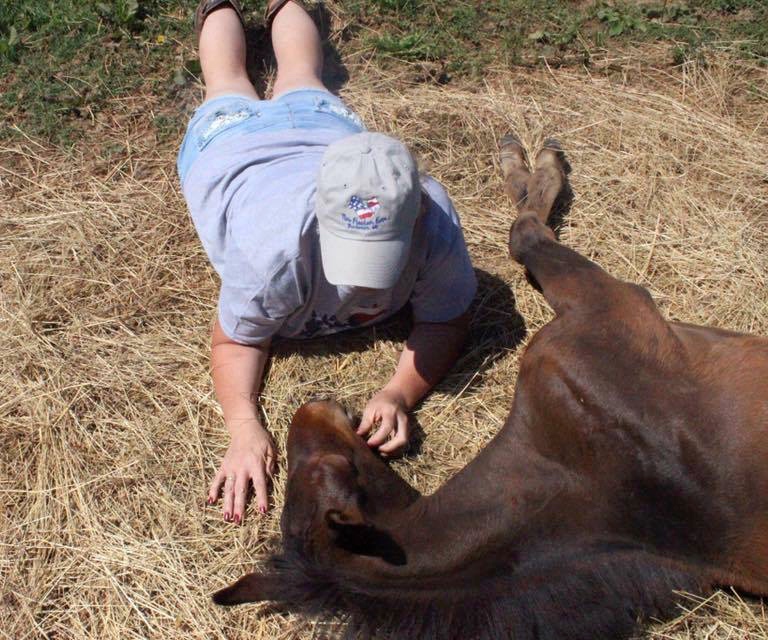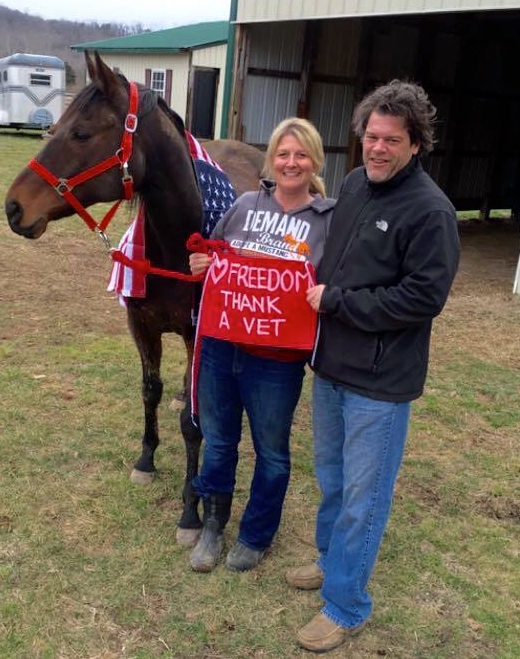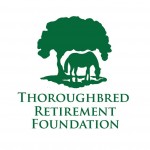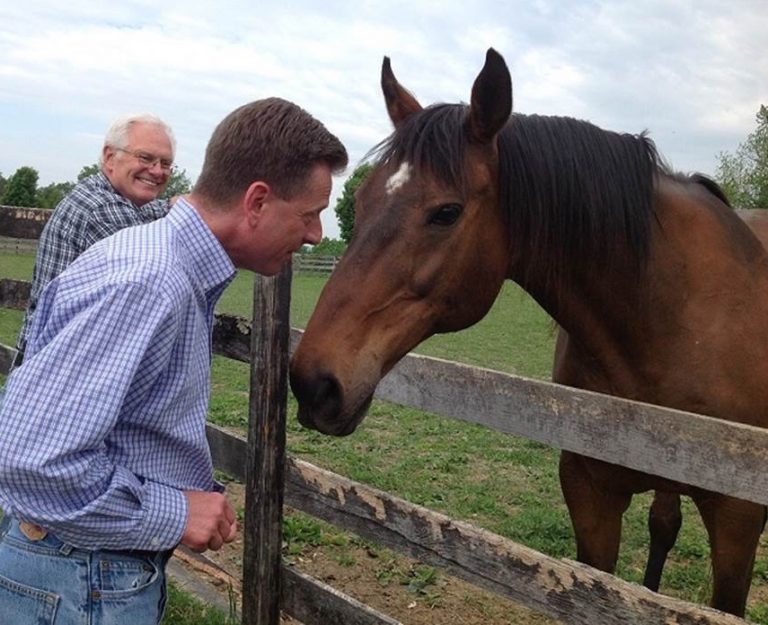
Richard “The Mig” Migliore visits with CL Rib at the Thoroughbred Retirement Foundation’s facility in Wallkill, N.Y.
Days before Triple Crown hopeful American Pharoah was set to blast off from post-position 5 at Belmont Park, an award-winning jockey turned sportscaster, and nicknamed for a Russian fighter jet, spoke of the need in the horse world and racing industry to take care of its equine athletes.
Richard “The Mig” Migliore, an Eclipse Award winning jockey who tenaciously piloted horses to close to 4,500 wins in a storied career, says that horses brought him “everything good in my life” and now that he is retired from horse racing, he seeks to “pay them back” from his vantage on the Board of Directors of theThoroughbred Retirement Foundation (TRF).
Fresh from a recent visit to the TRF’s Wallkill, N.Y. facility, where 45 Thoroughbred ex-racehorses receive care from inmates in the horsemanship skills program Second Chances, Migliore says he has thought a lot about what happens to racehorses after their careers end, and of the absolute necessity for the sport to find a way to take care of its horses.
“I will say this. I believe it’s incumbent upon the industry, and anybody who has derived any pleasure from a horse, to make sure they’re taken care of,” Migliore says. “A lot of these horses have very short careers. Everybody’s very aware of them when they’re racing, and while people are gambling on them and they’re making money for people.
“But they’re quickly forgotten unless they go to stud or become broodmares.”

Bubba Sparks greets Migliore during the Eclipse Award winning jockey’s visit to the TRF facility in NY.
Since joining the TRF last October, Migliore has been thinking hard about aftercare issues facing ex-racehorse Thoroughbreds, and says he hopes to help craft a plan of action that the industry might embrace.
“The fact that I had so much success as a rider, I feel it is my responsibility to give back to the horses. Horses have given me everything good in my life, from the tangible things like my house and little farm, and my car, to even meeting my wife Carmela. So, everything good has come from them.”Since joining the TRF last October, Migliore has been thinking hard about aftercare issues facing ex-racehorse Thoroughbreds, and says he hopes to help craft a plan of action that the industry might embrace.
On a recent afternoon, Migliore hopped in his car and drove 45 minutes to the Wallkill facility to speak to inmates about two very special horses in the herd they care for. Stakes placed Ohio bred CL Rib and New York bred Bubba Sparks, two mounts Migliore rode in the early 2000s, greeted him at the fence.
He brought pictures of the horses taken during their glory days, and told stories about the old days. And afterwards, Migliore felt more than just a little enlightened from the experience.
“I can be a little harsh with people who don’t do the right things, I guess. But after speaking with the guys there, I had such empathy,” he says. “Speaking with these guys, I could tell they wanted to change their lives, and I could see the pride they had in the care they were giving the horses. I was really touched to see how much of a difference these horses are making in their lives.”
Now if only those who enjoy the Belmont Stakes on Saturday, and all of the people who are themselves touched by a horse, will help care of the beautiful animals who give so many hope.— Originally published on June 5, 2015.

